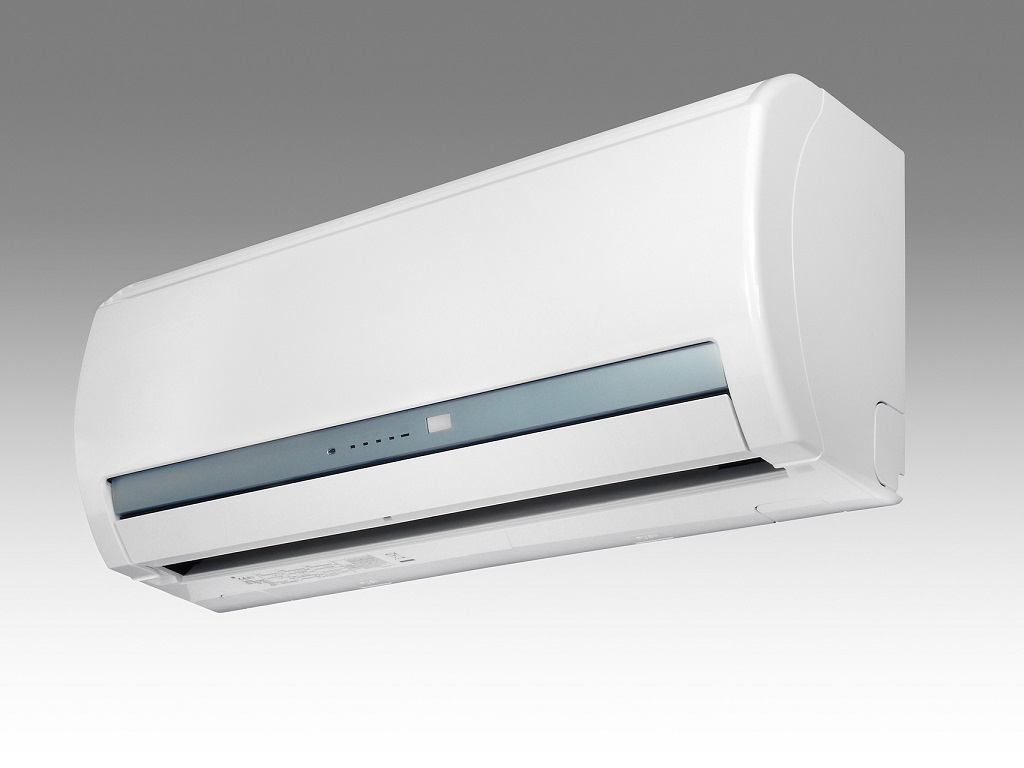
In today’s tech-savvy world, being a smart electronics buyer goes beyond simply finding the best deals. It’s about making informed choices that align with your needs, budget, and long-term satisfaction. In this blog, we’ll share essential tips and strategies to help you navigate the vast world of electronics and make smart purchasing decisions. From researching products and comparing prices to considering quality, compatibility, and customer reviews, this guide will empower you to become a savvy electronics buyer.
Define Your Needs and Set a Budget
Before diving into the world of electronics, take a moment to define your needs. Consider the specific features and functionalities you require from the device. This clarity will help you avoid unnecessary expenses and focus on products that meet your requirements. Additionally, set a realistic budget to guide your purchasing decisions and prevent overspending. Remember to consider the initial cost and potential ongoing expenses like accessories, maintenance, and future upgrades.
Research and Compare Products
Thorough research is the cornerstone of being a smart electronics buyer. Take the time to read product reviews, specifications, and user experiences. Look for reputable sources like technology websites, consumer reports, and expert opinions. Compare multiple products within your chosen category to understand the range of options available and identify the best-suited models. Pay attention to factors like performance, durability, user interface, and compatibility with other devices or ecosystems.
Consider Long-Term Value
While getting a good deal is important, it’s equally crucial to consider the long-term value of your purchase. Evaluate the device’s lifespan, software support, and potential for future upgrades. Investing in a product that offers longevity and compatibility with evolving technologies will save you money in the long run. Additionally, consider the reputation of the brand or manufacturer. Established brands often have a track record of reliability, customer support, and ongoing software updates, ensuring a better user experience and a higher resale value if needed.
Assess Warranty and Return Policies
Electronics can occasionally have manufacturing defects or unexpected issues. Before making a purchase, carefully review the product’s and retailer’s warranty and return policies. Check the warranty duration and what it covers, including repairs, replacements, or refunds. Understand the return policy if the product does not meet your expectations or has functional problems. A comprehensive warranty and flexible return policy can provide peace of mind and protect your investment.








